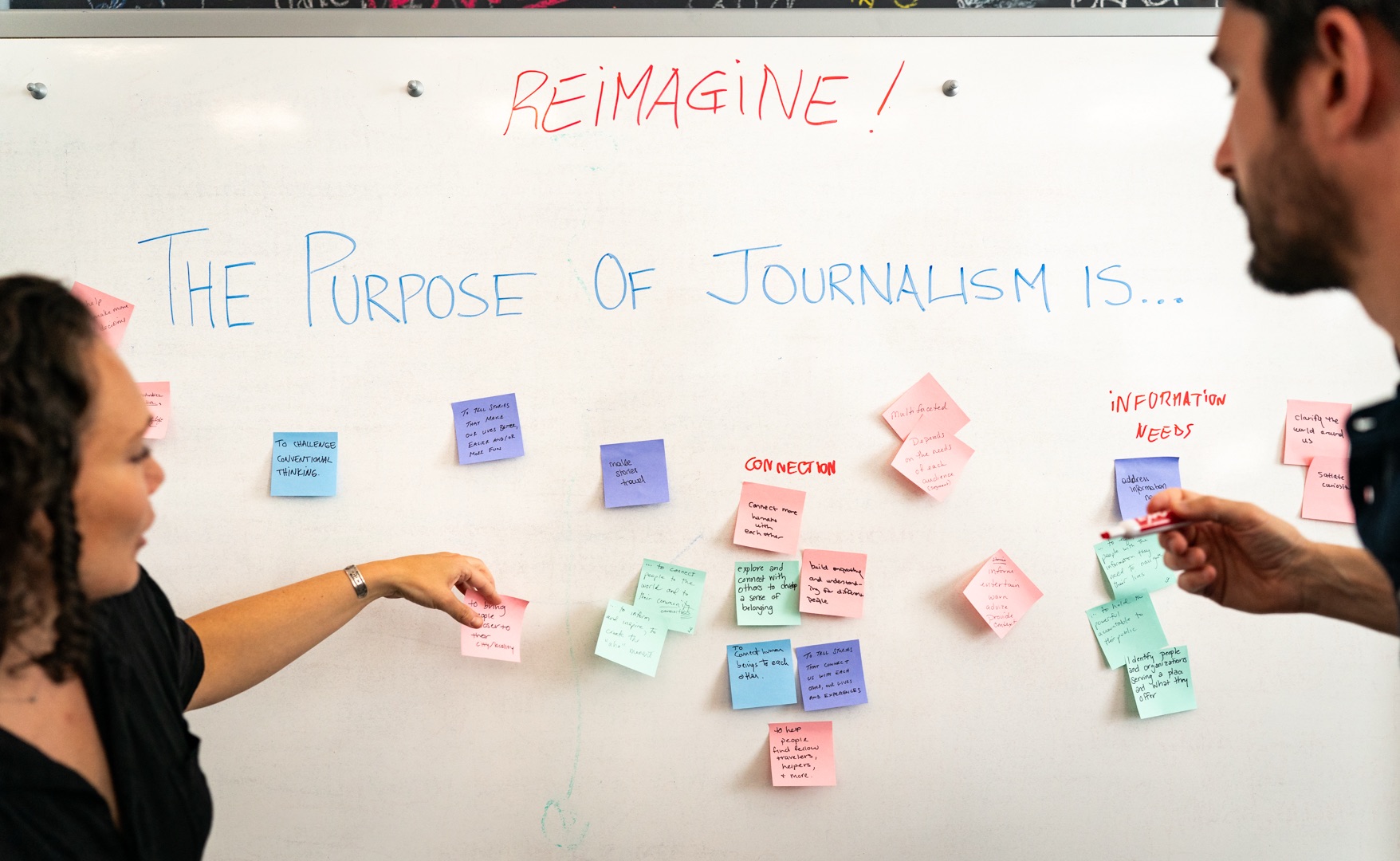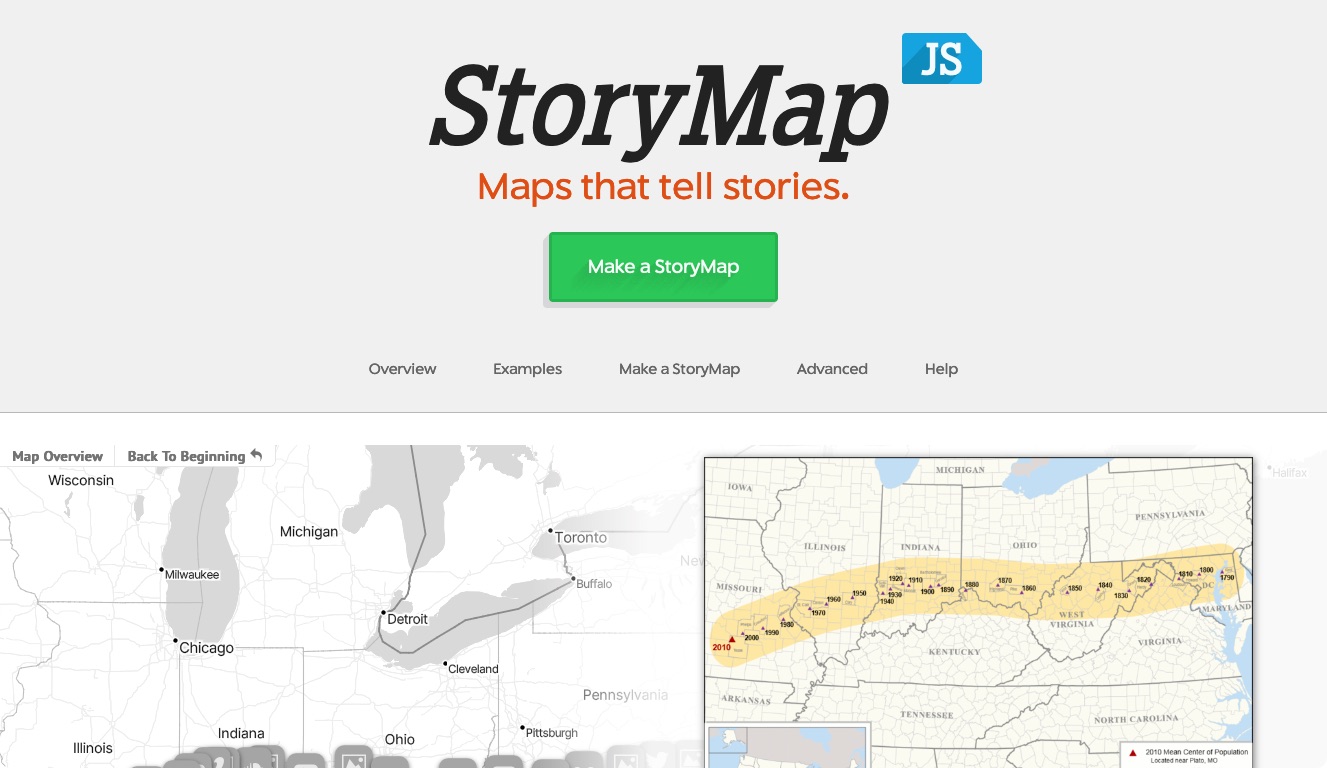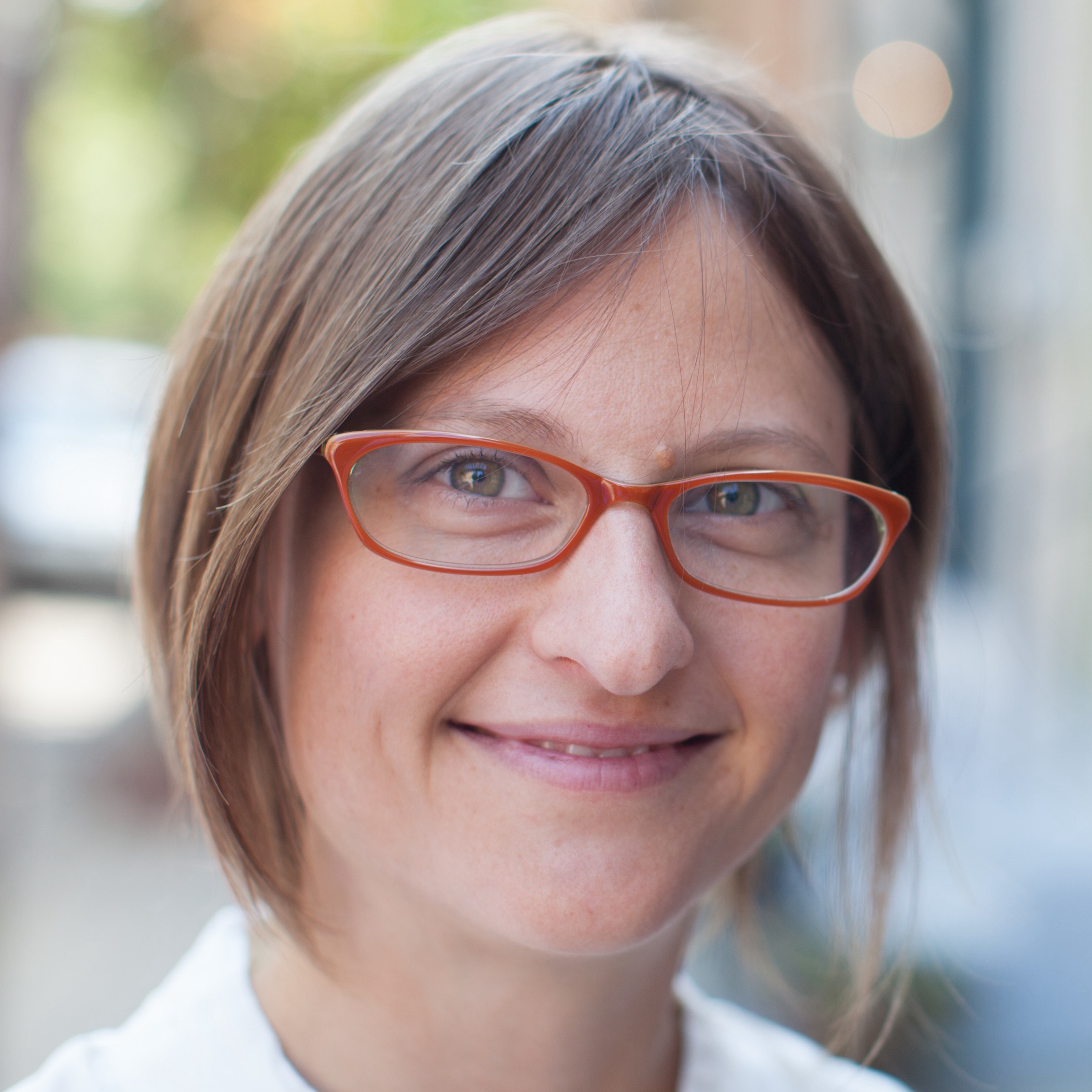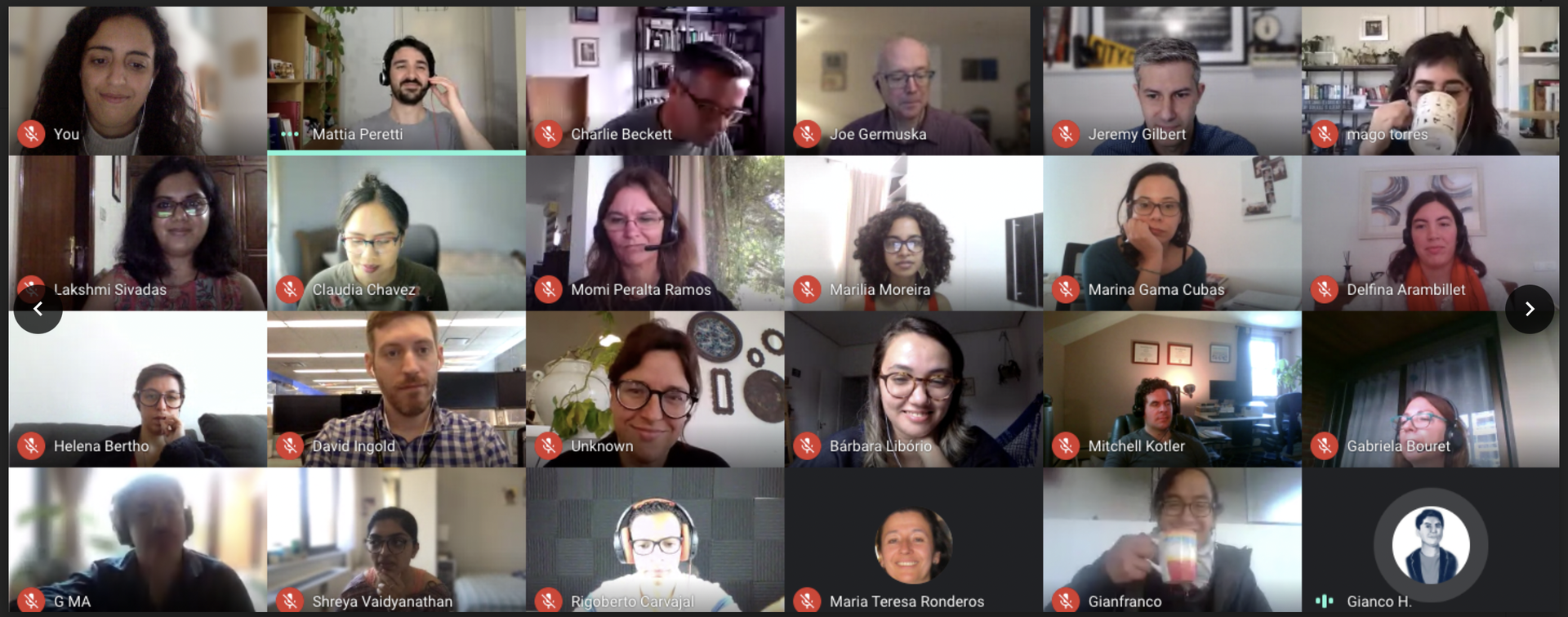
Aaron Salmon and his gaming buddies — his “clan,” in the parlance of the game — played the first-person shooter game feverishly in the mid 90s when they decided what they really needed was a website to track scores and records.
Salmon built it, reverse engineering the whole thing using view source and eventually filling it with clan member profiles, achievement badges, downloads of maps, and screenshots of clan victories.
“Back then you couldn’t really go to school for web design so you just had to discover it yourself,” he says.
Since then, Salmon has played an integral role in some of the best-known tech projects around the country, including designing for the highly regarded team at Obama for America.
He's also recently joined the Knight Lab as a Knight Lab professional fellow.
How did he go from building AngelFire websites for his Quake II friends to mentions in Crain’s Chicago Business as a talent to watch?
After messing around with HTML and web design, teaching himself the skills, Salmon began doing contracted work for local businesses in his hometown of Eau Claire, Wisconsin.
His work eventually got him noticed by a web development shop in Naperville, Illinois. Salmon moved to Chicago and found an interest in community involvement — collaborating not only on websites, but also community gardens and other civic projects.
In the mid-00s he co-founded OhSoWe, a website helped allowed communities share resources in order to foster relationships and reduce waste.
“Collaborative consumption,” Salmon calls it. “Why does everyone need to have a lawnmower to mow a 5-foot square patch of yard?” Salmon asks.
Salmon started to work on political initiatives when he was pulled into work on Chicago Mayor-elect Rahm Emmanuel’s transition website that allowed the public to submit ideas and proposals they wanted to see enacted in the next administration.
His involvement in Emmanuel’s site served as a springboard for one of the biggest opportunities of his career — Obama’s reelection campaign.
Harper Reed had also worked on Emmanuel’s transition site and had been tapped as the campaign’s Chief Technology Officer. He invited Salmon to join the team and Salmon accepted.
“I really believed in President Obama and what we were setting out to achieve in the campaign. You can’t make much more of a difference than doing that kind of work.”
Salmon worked on user experience and front-end development, a job that sometimes called for 12 hour-days. It was quite the adjustment, he says, considering he became a father two months prior and had been used to working from home and setting his own schedule.
Though he’s a designer by trade, his work on the campaign varied widely.
“In my role on the campaign, I wasn’t designing at all. And at first it was kind of hard. And then I realized, who cares what your title is? How can I use the skills that I have to help people achieve their goals and maximize results?”
As the only designer on the team, Salmon found he could communicate between his own team and the digital department to make sure everyone was on the same page.
“It feels good to step into a project and know that you are helping out, especially if someone has a really good idea but they are a little clouded on how to realize that idea. You can come in and use your experience to help them come up with a solution.”
Salmon joined the Knight Lab as an art director and to help with technology planning. His first projects at the Lab (a website redesign, online style guide and pattern library) are similar to the work he did on the Obama campaign.
What draws Salmon to any project, from the Knight Lab to political campaigns, is the people involved—cool people doing cool things. It’s important, Salmon says, to collaborate with people that you respect and enjoy being around.
But the biggest key is to be clear and transparent about what your passions are.
“You have to do what you are passionate about,” he says. “For a long time I was doing what I loved in my spare time, and that slowly became my career. And then I would start doing what I loved in my spare time again and slowly that would become my full time job. That’s a good cycle.”
About the author





